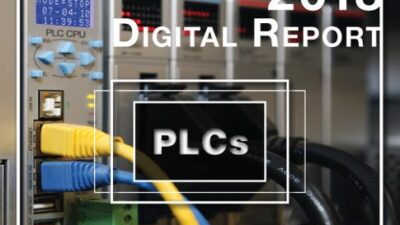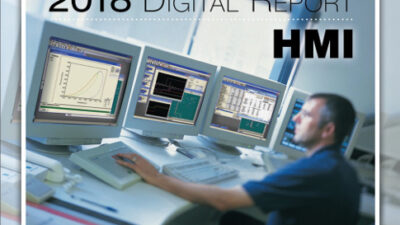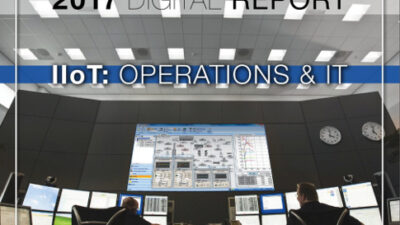Palo Alto, CA—Because of increasing demand from medical and pharmaceutical applications, the industrial robotics market in North America is expected to grow at a 7.8% compound annual growth rate (CAGR) from revenues of $394 million in 2004 to $668 million in 2011, according to “North American Industrial Robotics Markets for Medical and Pharmaceutical Applications” by Frost & Sullivan.
Palo Alto, CA— Because of increasing demand from medical and pharmaceutical applications, the industrial robotics market in North America is expected to grow at a 7.8% compound annual growth rate (CAGR) from revenues of $394 million in 2004 to $668 million in 2011, according to “North American Industrial Robotics Markets for Medical and Pharmaceutical Applications” by Frost & Sullivan .
Many medical and pharmaceutical applications are expected to use more industrial robots to help treat North American’s rapidly aging population. This group will increasingly require sophisticated medical devices and newer drugs, and Frost & Sullivan reports that robots are increasingly are being adopted to improve productivity and efficiency. The research firm’s study found that robots improve efficiency and throughput in clinical laboratories, where samples are delivered from patients’ bedsides to test equipment and then to analyzers on a daily basis. The reports adds that robotic systems can transport samples faster, and have much more handling capacity than human-based delivery methods.
‘As technology improves, more features are likely to be added to robotics systems, not only for delivery, but also for testing and analyzing the samples,’ says Kishan Bhat, Frost & Sullivan’s research analyst. ‘This will enhance the efficiency of the robots, and boost the throughput of the laboratories.’
However, industrial robotics manufacturers face several challenges in their effort to establish themselves in medical and pharmaceutical applications, according to Frost & Sullivan. One key challenge is the incompatibility of these manufacturers’ controller software with existing installed equipment. In most cases, this proprietary software is not upgraded frequently enough to meet changing application requirements. Since it is not possible for end-users to replace existing equipment to interface with robotics systems, manufacturers likely need to introduce open-architecture controllers to help solve this problem.
A second challenge is the emergence of standalone workstations in pharmaceutical labs. While these semi-automated workstations can handle liquids for micro-plates, only in a limited capacity, Frost & Sullivan adds that they don’t need manual intervention during the process, are less expensive, and occupy less space than completely automated robotics systems. Because of these advantages, many pharmaceutical labs are opting for partial automation of their facilities, even though fully automated robotics systems are more flexible and accurate. In addition, more labs are looking at microfluidic solutions to reduce costs because they can miniaturize chemical assays and increase portability.
‘Although robots are used in applications, such as traditional drug discovery, genomics, and proteomics, to prepare samples for genotyping, and gene expression, the growing adoption of microfluidics reduces the need for robots in research labs,’ adds Bhat. ‘Robots are used only for transportation of assays, and don’t have an active role in the process.’
For a virtual brochure containing an overview of Frost & Sullivan’s robotics study, send an email to [email protected] with the sender’s full name, company name, title, telephone number, fax number, and e-mail address.
Control Engineering Daily News Desk
Jim Montague, news editor
[email protected]


